Hanami, literally “looking at flowers,” is an institution in Japan. Every year, at the time of sakura blossoms, the Japanese engage in it in the form of a picnic under cherry trees. It’s an opportunity to gather with friends and admire the flowers together. Let’s not kid ourselves, for many, it’s mainly an opportunity to toast!
This tradition dates back as far as the 11th century (Heian era), when the cherry tree was adopted as a tree for contemplation, taking over the plum tree. The custom started among peasants, who worshipped the kami (animist gods) symbolized by these trees, by making offerings to them, praying for a fruitful rice harvest. It was then adopted by the Kyoto court, which transformed the custom into a banquet, before spreading to the rest of Japanese society.
Beyond the picnic, the cherry blossom is highly codified. Here are some keys to understanding this vegetal ritual that runs across Japan and attracts thousands of tourists from around the world every year.
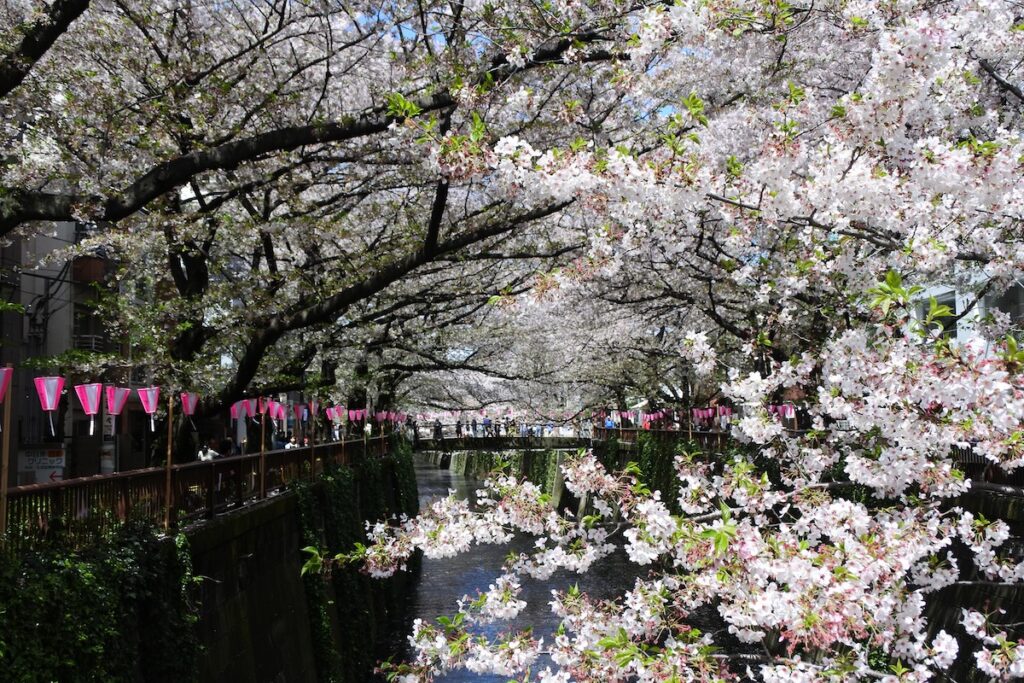
Hanami: The 7 Stages of Sakura Blossoming 🌸
To understand a bit better what the cherry blossom means in Japan and therefore the tradition of hanami, one can look at how the Japanese have determined and named the different stages of blossoming, from the appearance of the buds to the young leaves that appear at the end of the cycle. The blossoming phenomenon itself is called kaika (開花).
Here are the 7 main stages of blossoming:
- Tsubomi (つぼみ): the bud. This is the moment when round buds appear along the cherry tree branches.
- Sakihajime (咲き始め): the opening. This stage is indicated by the official flowering dates.
- Gobuzaki (5分咲き): the flower half-open.
- Shichibuzaki (7分咲き): the flower open at 70%.
- Mankai (満開): full bloom and the best time to observe the sakura.
- Chirihajime (散り始め): the beginning of the fading, when petals start to fall. Note that from this moment, the flowers can disappear quite suddenly. There is also a magnificent phenomenon called sakura fubuki, which translates to “cherry blossom storm,” when the wind carries away almost all the cherry blossom petals at once.
- Hazakura (葉桜): the appearance of tender young green leaves just after the blossoming.

Recognizing the Different Species of Japanese Cherry Trees at Hanami
There are 8 major types of cherry trees in Japan (but as mentioned in this article about the Sato-Zakura in Paris’s Jardin des Plantes, it’s difficult to identify all species and origins of the various cherry trees.)
🌸 The most famous: Somei Yoshino Sakura
This is the most widespread variety of sakura in Japan, and thus the one you will see most often during hanami. Its flowers have five pale pink petals and are represented all over Japan during the cherry blossom season. It is interesting to note that this variety is the most popular but not the oldest: it was extensively planted in Japan only in the 19th century and is a crossbreed between Ôshima Zakura and Edo Higan. This is why these cherry trees are sterile: they do not bear fruit.
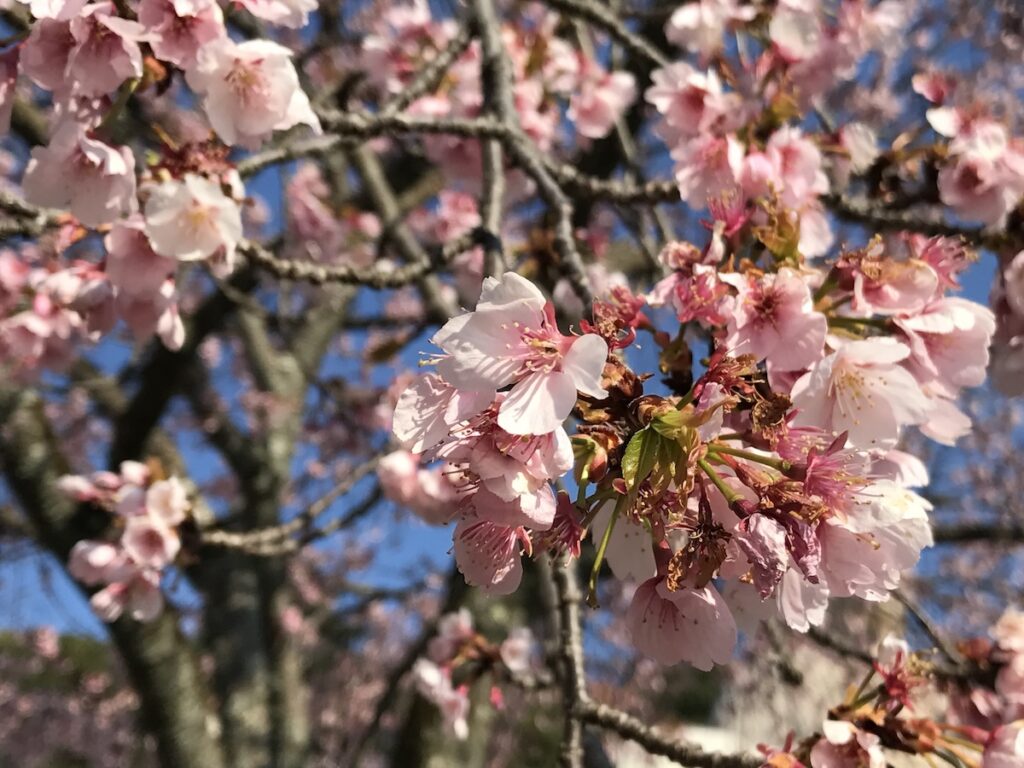
🌸 The most delicious: Ôshima Zakura
It is among the oldest cherry trees in the archipelago! Its flowers are white and fragrant. Not only is it the father of Somei Yoshino, but its flowers are also used to make the famous Sakura mochi, a traditional pastry extremely popular during the blooming season (and which is colored pink… the marketing color of the season!). The Ôshima Zakura grows almost exclusively on the Izu Peninsula, on the south coast of Honshu Island.
🌸 The most ephemeral: Edo Higan
Here is a species whose flowers are rare… simply because it blooms only for 3 days around the spring equinox (hence its name). It’s the other father of Somei Yoshino, but it has also been used a lot for other grafts and crossbreeding.
🌸 The most early: Yama Zakura
If you came to Japan just to see the pink cherry blossoms, you might overlook the Yama Zakura… because it blooms among the first, but mostly, it produces white flowers! However, there are more than 30,000 Yama Zakura on Mount Yoshino, the most beautiful place in Japan to see an ocean of blossoming cherry trees. It might also be one of the oldest species of cherry trees in Japan.
🌸 The most friendly: Yae Zakura
In fact, Yae Sakura means “double flowering” because its petals give the impression of being double (the flowers are very dense). It almost looks like a different species of tree, but the color is close to that of Somei Yoshino. It is also a cousin of Ôshima Zakura.
🌸 The most emotive: Shidare Zakura
Emotive, because its weeping branches make it resemble a weeping willow. It is by far one of the most beautiful types of cherry trees and is revered throughout the country. It is also a source of inspiration for Japanese poets.

One of the most famous Shidare Zakura is located in the Fukushima region, in a small town called Miharu. It is called Takizakura, literally “waterfall of cherry blossom flowers.” It stands 12 meters tall and is over 1000 years old! It’s also worth noting that the Shidare Zakura flower is the emblematic flower of Kyoto Prefecture. The most famous Shidare Zakura of the city is located in Maruyama Park.
🌸 The most subtle: Gyoiko
Discreet, yet very important. Most travelers are unaware of this variety of cherry tree because of the yellow-green, almost golden color of its flowers. But the Japanese associate its color with the Emperor, and its subtlety with the true spirit of Japan – precisely because it is not ostentatious.
🌸 The most zealous: Fuyu Zakura
This type of cherry tree blooms twice a year! Once in winter, and again in spring, but it’s not because it blooms more than once that it’s easier to witness its flowering. Indeed, few trees of this species still exist in Japan. So, one should rather be guided by a local to be able to admire them.
And one last thing before letting you admire these magnificent trees: do not confuse cherry blossoms with plum (ume) blossoms, which bloom before the cherry trees and whose flowers are darker!
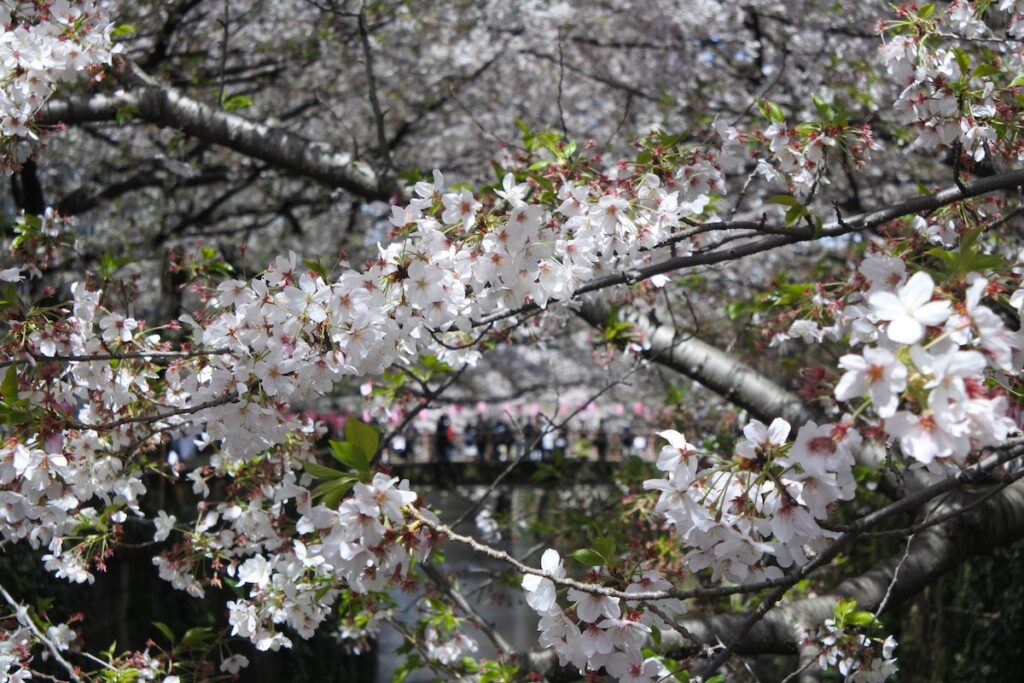

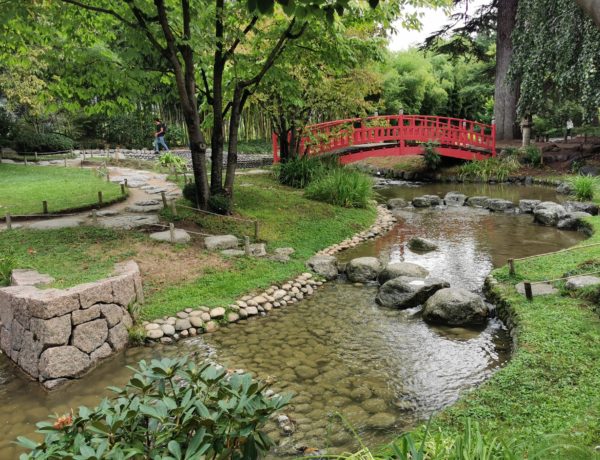
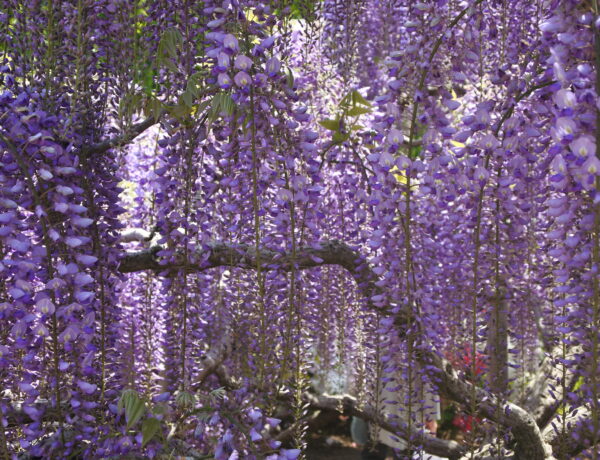
No Comments